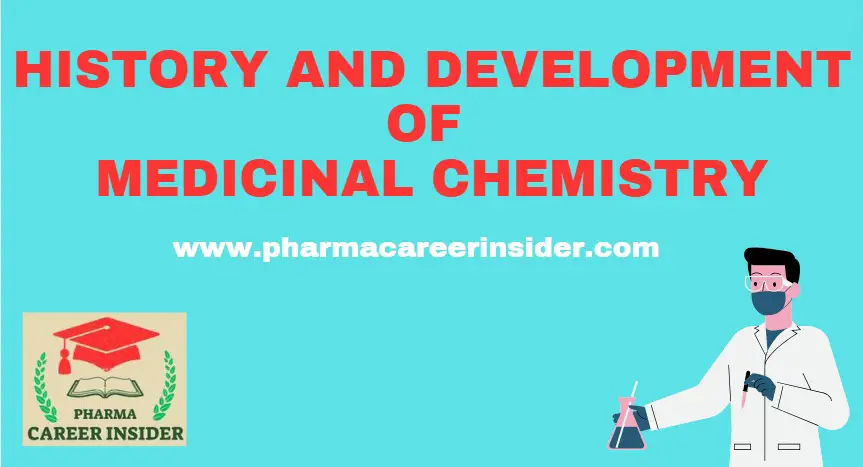Medicinal chemistry roots can be found in the fertile mix of ancient folk medicine and early natural product chemistry, hence its name. As appreciation for the links between chemical structure and observed biological activity grew, medicinal chemistry began to emerge about 150 years ago as a distinct discipline intending to explore these relationships via chemical modification and structural mimicry of nature’s materials, particularly with an eye toward enhancing the efficacy of substances thought to be of therapeutic value.
Just as in all fields of science, the history of medicinal chemistry is comprised of the ideas, knowledge, and available tools that have advanced contemporary knowledge. The spectacular advances in medicinal chemistry over the years are no exception. Burger stated that “two types of investigators have achieved the great advances of medicinal chemistry: those with the genius of prophetic logic, who have opened a new field by interpreting correctly a few well-placed experiments, whether they pertained to the design or the mechanism of action of drugs; and those who have varied patiently the chemical structures of physiologically active compounds until a useful drug could be evolved as a tool in medicine.”
The nineteenth century age of innovation and chemistry
The nineteenth century saw a great expansion in the knowledge of chemistry, which greatly extended the herbal pharmacopeia that had previously been established. Building on the work of Lavoisier, chemists throughout Europe refined and extended the techniques of chemical analysis. The synthesis of acetic acid by Kolbe in 1845 and of methane by Berthelot in 1856 set the stage for organic chemistry. The emphasis was shifted from finding new medicaments from the vast world of plants to finding active ingredients that accounted for their pharmacologic properties. The isolation of morphine by F.W. Serturner in 1803, of emetine from ipecacuanha by Pelletier in 1816, and his purification of caffeine, quinine, and colchicines in 1820 all contributed to the increased use of “pure” substances as therapeutic agents. The nineteenth century also contributed to using digitalis by William Withering, the English physician and botanist, for treating dropsy. Niemann isolated cocaine in 1860 and the active ingredient, physostigmine, from the Calabar bean in 1864. As a result of these discoveries and the progress made in organic chemistry, the pharmaceutical industry came into existence at the end of the nineteenth century.
The twentieth century and the pharmaceutical industry
Diseases of protozoal and spirochete origin responded to synthetic chemotherapeutic agents. Interest in synthetic chemicals that could inhibit the rapid reproduction of pathogenic bacteria and enable the host organism to cope with invasive bacteria was dramatically increased when Domagk reported that the red dyestuff 2, 4-diaminoazobenzene-4′-sulfonamide (Prontosil) dramatically cured dangerous, systemic Gram-positive bacterial infections in man and animals. The observation by Woods and Fildes in 1940 that the bacteriostatic action of sulfonamide-like drugs was antagonized by p-amino benzoic acid was one of the early examples in which a balance of stimulatory and inhibitory properties depended on the structural analogies of chemicals, together with the discovery of penicillin by Heming in 1929 and its subsequent examination by Florey and Chain in 1941, it led to a water-soluble powder with much higher antibacterial potency and lower toxicity than those of previously known synthetic chemotherapeutic agents. The discovery of various highly potent anti-infective agents significantly changed medical practice.

